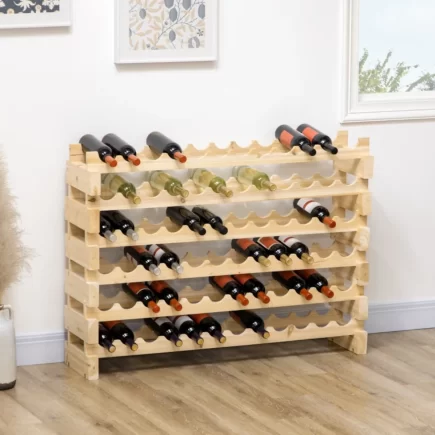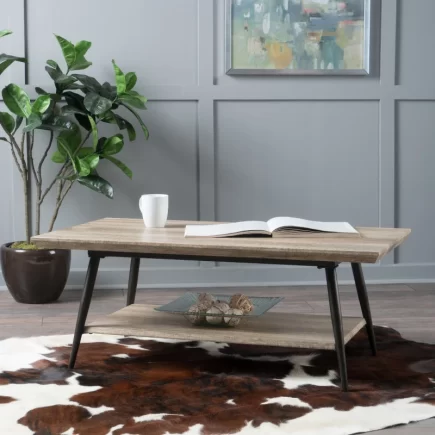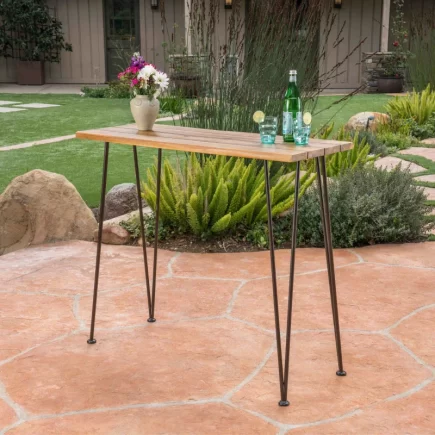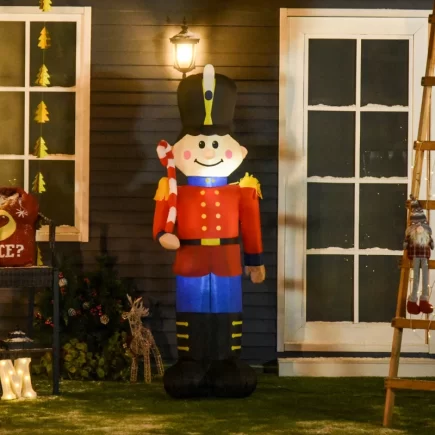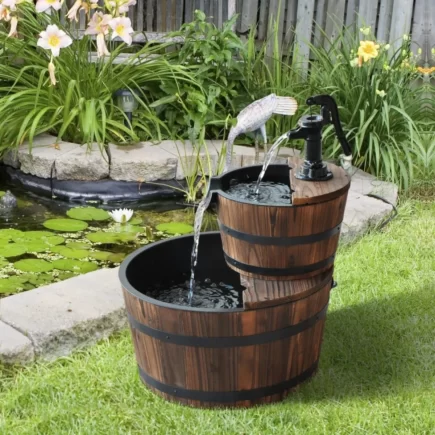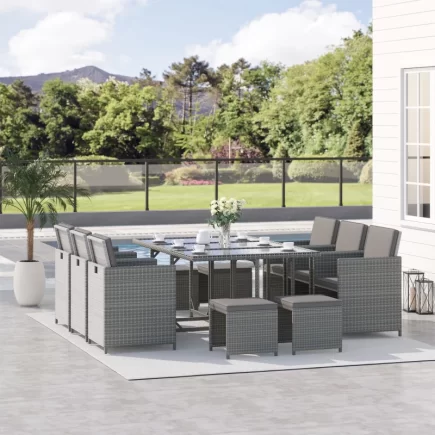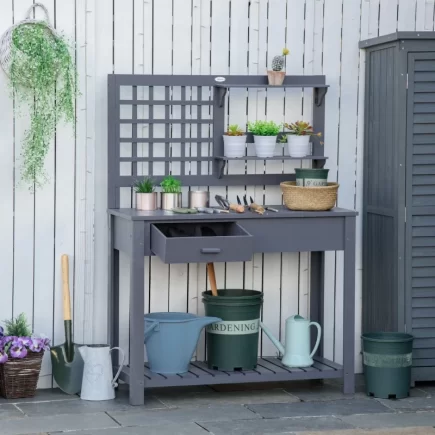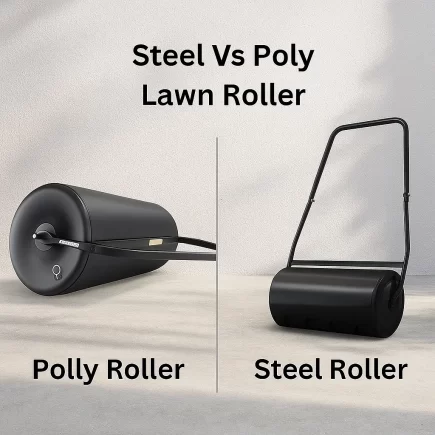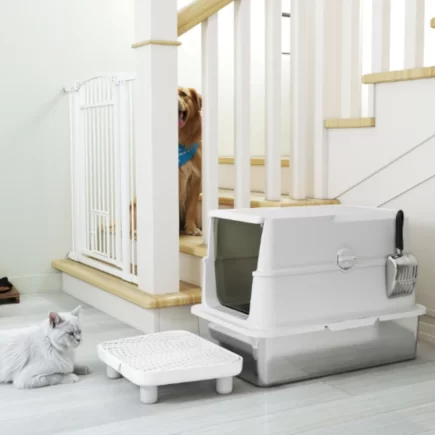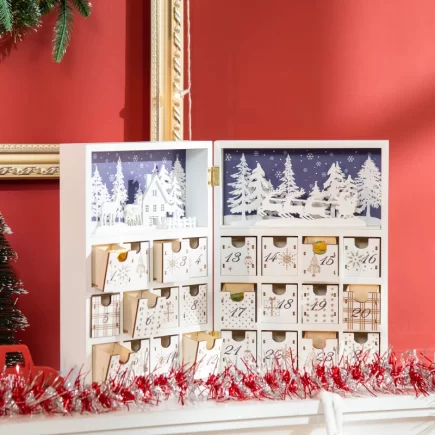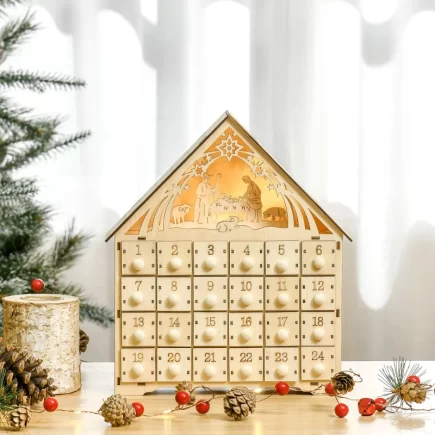Organizing your wardrobe can feel overwhelming, but with a structured approach and some helpful tips, it doesn’t have to be. Whether you’re trying to tackle a closet full of clothes or simply want to optimize your space, a well-organized wardrobe will not only make your daily routine easier but also extend the life of your clothing.

In this article, we’ll walk you through a step-by-step process to help you organize your wardrobe effectively, ensuring it meets your personal style and functional needs.
Assess Your Current Wardrobe
Before diving into the organization process, it’s essential to assess what you have.
Take Everything Out
The first step is to completely empty your wardrobe. Take all your clothes, shoes, accessories, and bags out of your closet and drawers. Lay them out on your bed or a large surface, so you can see everything at once. This gives you a clear visual of the items you have, which helps in making decisions about what stays and what goes.
Sort Into Categories
Once everything is out of the closet, group your items by type: shirts, pants, dresses, skirts, shoes, accessories, and so on. Grouping makes it easier to evaluate each item and decide whether it belongs in your wardrobe.

Declutter and Purge Unwanted Items
Now that you have everything laid out, it’s time to declutter. This is often the hardest part of the process, but it’s essential to ensure that your wardrobe only contains items you truly love and use.
The “Keep, Donate, Discard” Method
Use the simple “Keep, Donate, Discard” method to sort through your items. For each piece, ask yourself if you wear it regularly, if it still fits, or if it aligns with your current style. If it no longer fits, is damaged beyond repair, or doesn’t suit your lifestyle, put it in the discard pile. Items that are still in good condition but no longer serve you can go into the donate pile. The goal here is to make your wardrobe functional and free from clutter.
Avoid Emotional Attachments
Sometimes, we hold onto clothes because of sentimental value, even though we never wear them. If you’re emotionally attached to certain pieces, ask yourself if you really need to keep them. Try to focus on the practicality of your wardrobe and how each item contributes to your day-to-day life. Letting go of unnecessary items will ultimately make your wardrobe more manageable.
Categorize and Prioritize
With your wardrobe now decluttered, it’s time to think about how you’ll organize your clothes. This step involves arranging your wardrobe in a way that makes it easy to access and manage.
Organize by Frequency of Use
Start by prioritizing the clothing items you wear most frequently. These should be easily accessible, placed at eye level or within arm’s reach. Seasonal items, formal wear, and clothes you only wear occasionally can be stored in less accessible spaces, like high shelves or under-bed storage.
Separate Work, Casual, and Special Occasion Clothes
Creating distinct categories for work, casual, and special occasion clothes will help streamline your daily dressing process. When you can quickly identify what’s appropriate for your needs, it saves time and reduces stress when choosing an outfit.

Create a Wardrobe Layout Plan
The next step is to evaluate your available space and determine how to make the most of it. A thoughtful wardrobe layout ensures everything has its place, making it easier to keep everything organized in the long run.
Assess Available Space
Take measurements of your wardrobe space, including shelves, drawers, and hanging areas. This helps you understand the size and shape of your space and allows you to plan accordingly. Consider factors like the amount of hanging space versus shelving or drawer space.
Use Vertical Space
Make use of vertical space by adding hooks, hangers, or additional shelves. For example, you can hang scarves, hats, and bags on hooks, or install small shelves for accessories or shoes. Vertical storage will free up space in other areas, helping you keep your closet more organized.
Invest in Organizational Tools
Investing in organizational tools can significantly enhance your wardrobe’s functionality. Simple solutions like storage bins and drawer dividers can help you keep smaller items neatly tucked away.
Use Storage Bins and Baskets
Storage bins and baskets are excellent for organizing accessories, shoes, or off-season clothing. Clear bins allow you to see the contents, while opaque bins can be used for items you don’t need to access regularly. Label the bins for easy identification.
Drawer Dividers and Shelf Organizers
Drawer dividers are particularly useful for organizing small items like socks, underwear, or jewelry. Shelf organizers can help keep folded clothes neat and prevent stacks from toppling over. These tools help you maintain a tidy wardrobe and ensure that everything has its designated spot.

Arrange Clothing by Color and Season
A well-organized wardrobe is not just functional; it should also be visually appealing. Organizing your clothes by color and season can make your closet look more coordinated and simplify outfit planning.
Color Coordination
Arrange your clothing by color to make it easier to put together outfits, allowing you to quickly spot the pieces you’re looking for. Start by sorting from light to dark or in a rainbow order for a harmonious effect.
Seasonal Rotation
Seasonal rotation is key to maximizing wardrobe space. Store off-season clothing (like winter coats in summer or summer dresses in winter) in bins, vacuum bags, or under-bed storage. This clears up room for the clothes you’ll be wearing during the current season and helps keep your wardrobe less cluttered.
Optimize Your Closet Rods and Hangers
To maintain a neat and organized look, it’s important to pay attention to your closet rods and hangers. A uniform system will keep everything in place and prevent unnecessary clutter.
Use Matching Hangers
Use matching, non-slip hangers to prevent your clothes from falling off. Wooden or velvet hangers can help maintain the shape of delicate fabrics, while slim hangers maximize space. Consistency in your hanger choice creates a uniform, tidy appearance.

Double Up on Hanging Rods
If you have the space, install a second rod below your main one for shorter garments like shirts, skirts, and blouses. This maximizes hanging space and ensures everything fits neatly in your closet without crowding.
Keep Shoes Organized
Shoes can quickly take over your closet if not properly stored. To keep them organized, consider adding storage solutions that protect your shoes and make them easy to access.
Shoe Racks or Boxes
Invest in a shoe rack, clear storage boxes, or cubbies for your footwear. Clear boxes allow you to easily identify each pair without having to dig through piles. If you have limited space, consider over-the-door shoe racks to save floor space.
Rotate Regularly
Place the shoes you wear most often at the front of your storage space. As seasons change, rotate your shoes accordingly, keeping only the most relevant pairs easily accessible. This ensures that your wardrobe always reflects your current footwear needs.
Regularly Maintain Your Organized Wardrobe
The final step in maintaining a tidy wardrobe is keeping it that way. Regular maintenance will prevent clutter from building up again.
Perform Routine Check-Ins
Schedule a seasonal wardrobe check. During these check-ins, remove any items that are worn out, no longer fit, or aren’t being used. It’s also an opportunity to reorganize and make adjustments as needed.
Reorganize As Your Wardrobe Grows
As your wardrobe evolves and grows, make it a habit to keep things organized. If you acquire new pieces, make sure to give them a proper place in your closet right away. Staying on top of this will prevent clutter from taking over and help maintain a functional space.
The Benefits of an Organized Wardrobe
A well-organized wardrobe doesn’t just save you time; it helps reduce daily stress when getting dressed, preserves your clothing, and ensures you make the most of your space. By following these steps, assessing your current wardrobe, decluttering, categorizing, and investing in organizational tools, you can create a wardrobe that is functional, visually appealing, and easy to maintain. Regular upkeep and mindful organization will keep your closet in top shape for years to come.
FAQs
1. How can I make my wardrobe organization process quicker?
To speed up the wardrobe organization process, focus on setting a clear goal for each session. Break the task into smaller chunks, such as organizing by category or season. This helps you stay focused and avoid feeling overwhelmed.
2. How do I avoid over-purchasing clothes that clutter my wardrobe?
To prevent over-purchasing, establish a “one-in, one-out” rule where every new item must replace an old one. Stay mindful of your personal style, and resist impulse buying by planning purchases around your wardrobe’s needs, not trends.
3. How do I organize clothes for different family members in a shared wardrobe?
For a shared wardrobe, assign designated sections or drawers for each family member. Use labels, color-coded bins, or separate hanging areas to avoid confusion and ensure everyone’s clothes stay organized and easy to access.


